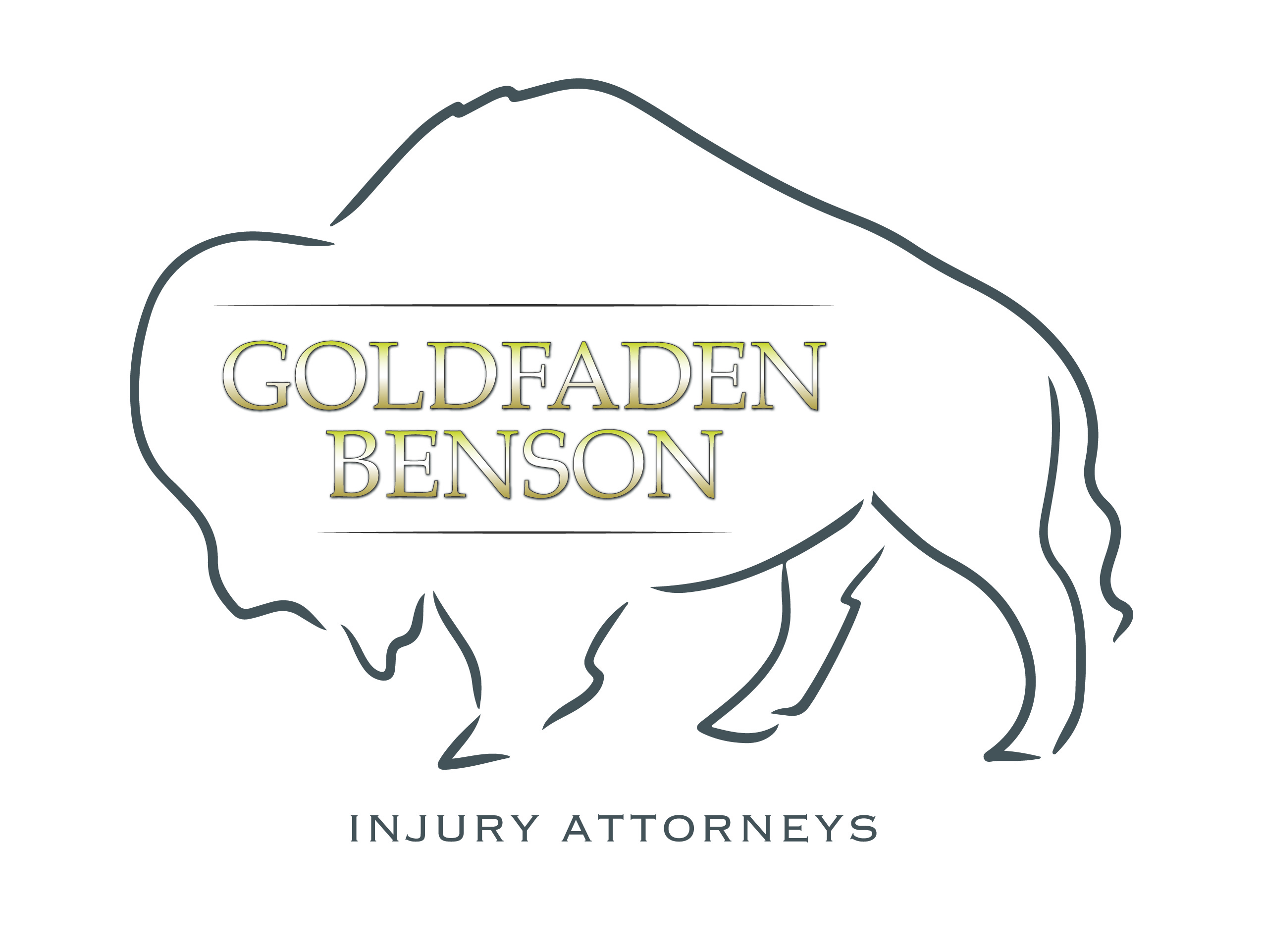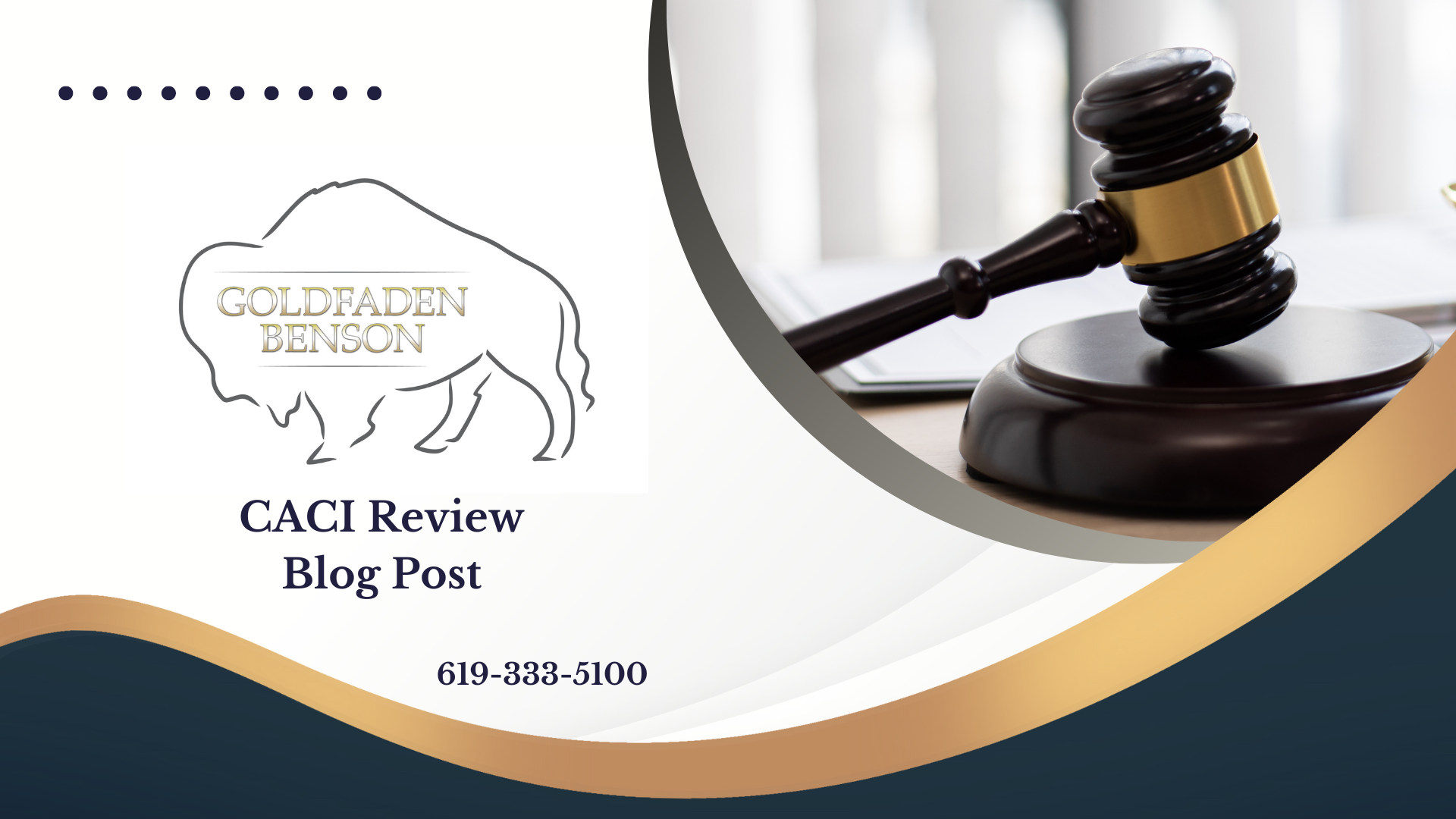Understanding the Essential Elements of a Negligence Claim
When people think of personal injury law, they often hear terms like negligence but may not truly grasp what it entails. A negligence claim revolves around the idea that someone failed to act with the reasonable care expected of a person in their position, which ultimately led to another person being harmed. Today, let's break down what must be proven to hold a defendant liable for negligence and offer clarity on this critical topic.
What You Need to Prove in a Negligence Claim
If you were harmed because of someone else's negligence, there are essential elements you need to establish to prevail in your case.
1. Duty of Care: First, you need to show that the defendant owed a duty of care to you. This generally means they were required to act in a way that a reasonable person would under similar circumstances to prevent harm.
2. Breach of Duty: Next, you’ll have to demonstrate that the defendant breached that duty. This is done by showing that their actions (or lack thereof) fell short of the expected standard of care.
3. Causation: It's not enough that the defendant was negligent; you must also prove that their negligence was a substantial factor in causing your harm. This means that your injury directly resulted from their failure to exercise proper care.
4. Damages: Finally, you need to show that you suffered actual harm. This could include physical injury, emotional distress, or other losses that can be quantified.
For example, imagine a scenario in which a driver distracted by their phone crashes into a pedestrian. Here’s how the elements of a negligence claim would apply:
- Duty: The driver had a legal obligation to operate their vehicle safely.
- Breach: By texting while driving, the driver didn’t act like a reasonable person would.
- Causation: The pedestrian was injured because the driver’s negligence led to the accident.
- Damages: The pedestrian suffered physical injuries that required medical attention.
Relatable Situations
Consider a recent accident you heard about where a store owner didn’t clean up a spill, leading customers to slip and fall. The customers could claim negligence against the store by proving that the owner had a duty to maintain a safe environment, breached that duty by failing to clean up the puddle, caused the customer's injuries through that negligence, and resulted in actual harm, like costly medical bills.
What to Do Next
Proving negligence can be complex, as many facets may come into play. Whether you’re contemplating action or facing a personal injury scenario, enlisting knowledgeable legal support can provide significant benefits. If you have further concerns about a potential personal injury case, we at Goldfaden Benson are here to help. Explore our resources on personal injury law or reach out to discuss how we can assist you in navigating these matters.
Keeping safe in daily life often depends on the actions of others. Are you aware of your rights in case someone fails their duty of care? Please feel free to reach out to Goldfaden Benson for guidance and support regarding personal injury claims.







